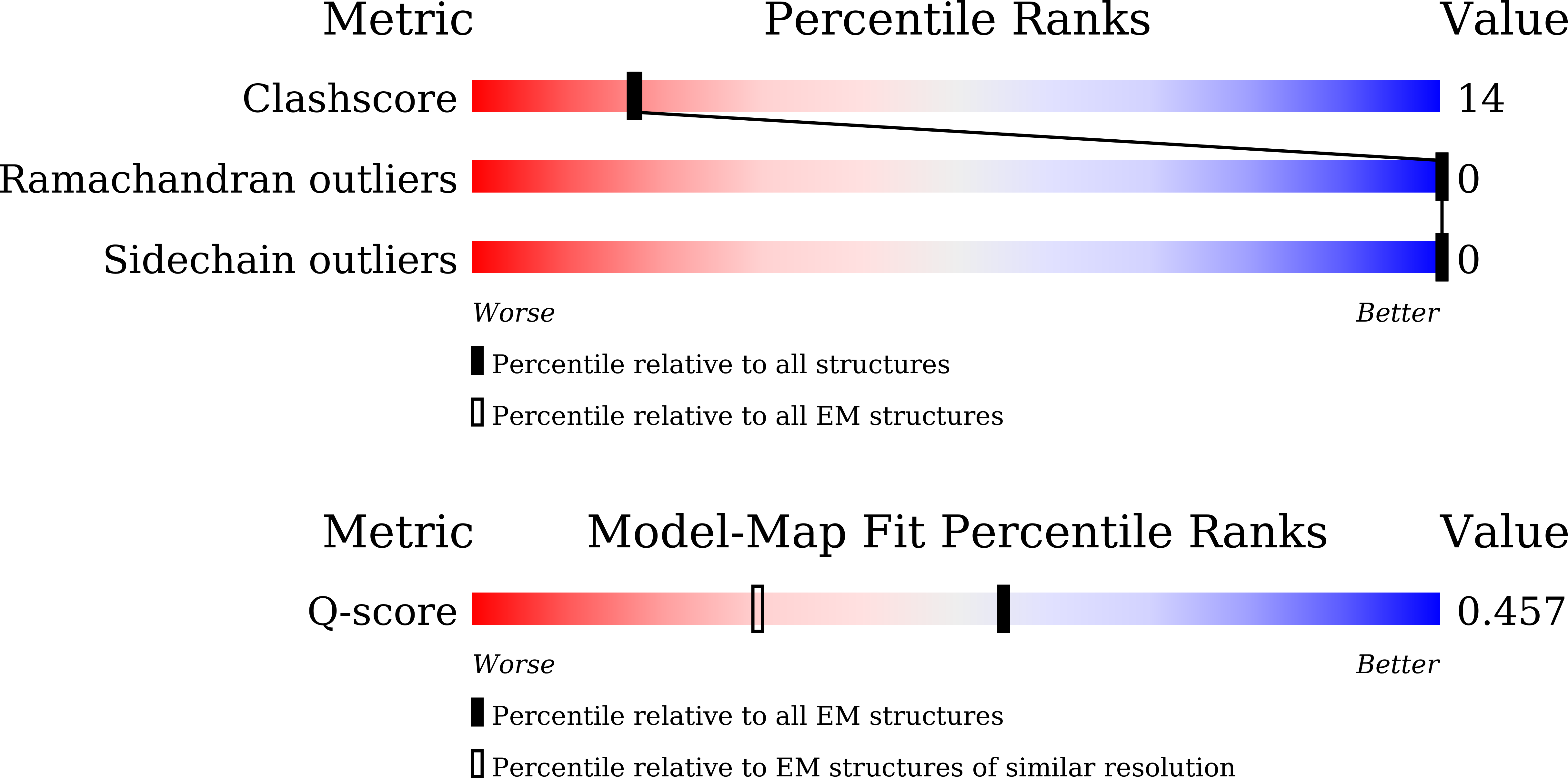
Deposition Date
2024-10-24
Release Date
2025-10-29
Last Version Date
2025-10-29
Method Details:
Experimental Method:
Resolution:
2.90 Å
Aggregation State:
FILAMENT
Reconstruction Method:
HELICAL


